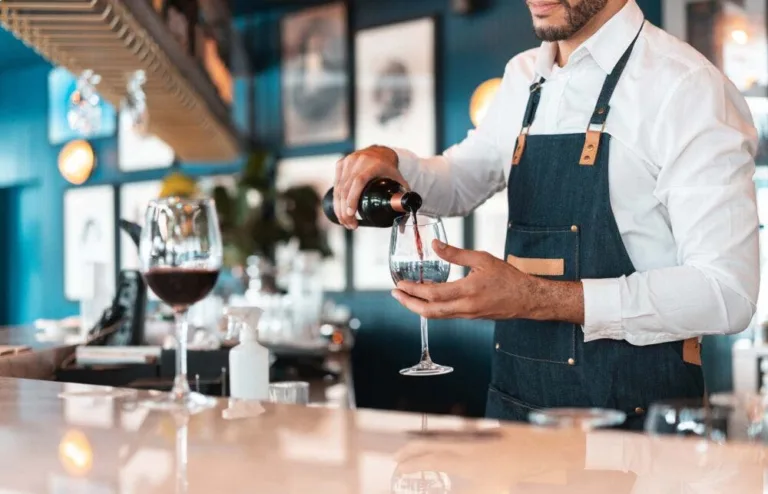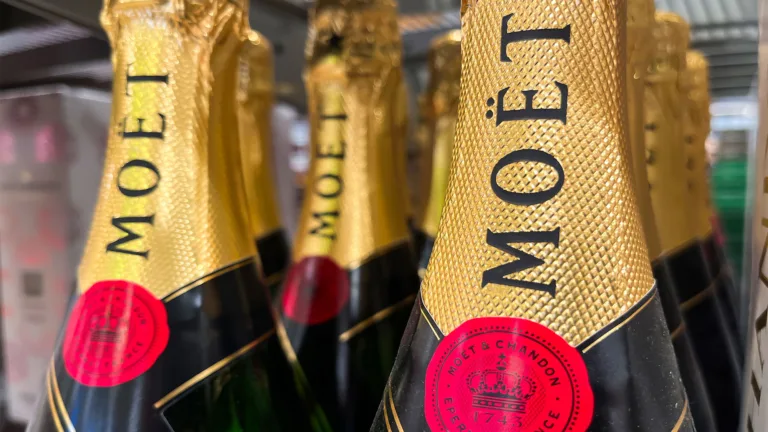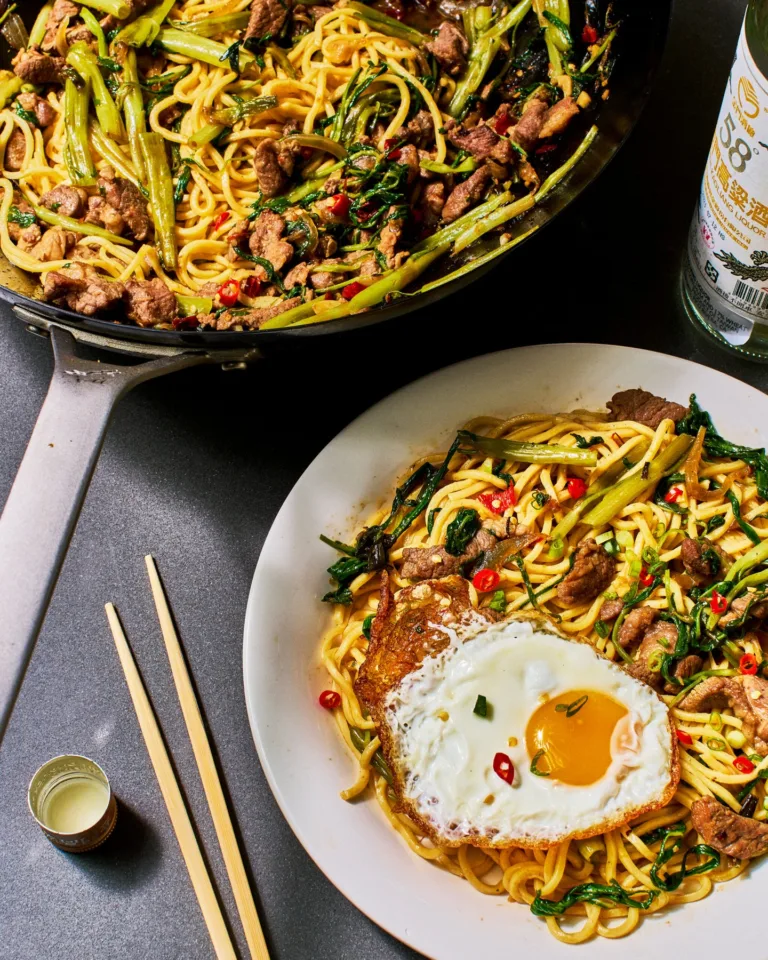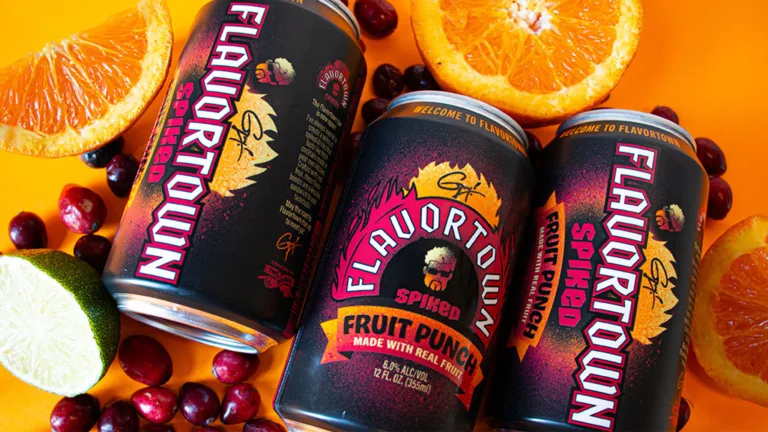Photo: Murray Hall • Food Styling: Jessie YuChen. Photo: Murray Hall • Food Styling: Jessie YuChen
Almost every culture seems to have its own version of grilled meat on flatbread: Mexican tacos al pastor, Lebanese shawarma, Greek gyros, Turkish doner kebabs, Persian shish kebabs—and my personal favorite—Indian seekh kebabs.
Most Indian restaurants pay homage to the food once served on the tables of the Mughal emperors. Cooked in ghee and redolent with aromatic spices, ubiquitous staples from tandoori chicken and butter chicken to saag paneer and rogan josh all owe their roots to Mughal high cuisine. But those dishes don’t tell the full story of the culinary influence of the Mughals. An equally important legacy is found in the streets and alleyways of almost every city in India. From Delhi to Calcutta, kebabwallas ply their trade, cooking skewers of marinated meats over glowing sigris (charcoal-fueled open-fire grills) and serving them on parathas—usually with a squeeze of lime and a few slivers of onions fragrant with chaat masala.
These late-night street grills were the inspiration behind my Botiwalla restaurants in Atlanta—and the menu below. Mix and match the skewers and sides for the ultimate cookout, starting with the iconic seekh kebab, a skewer of spiced minced meat—and the gold standard of kebabs in India. With a large enough grill, you can cook lamb in one corner, chicken in another, and still make room for fish and vegetables. You can also do as the SAVEUR test kitchen did and pull off







